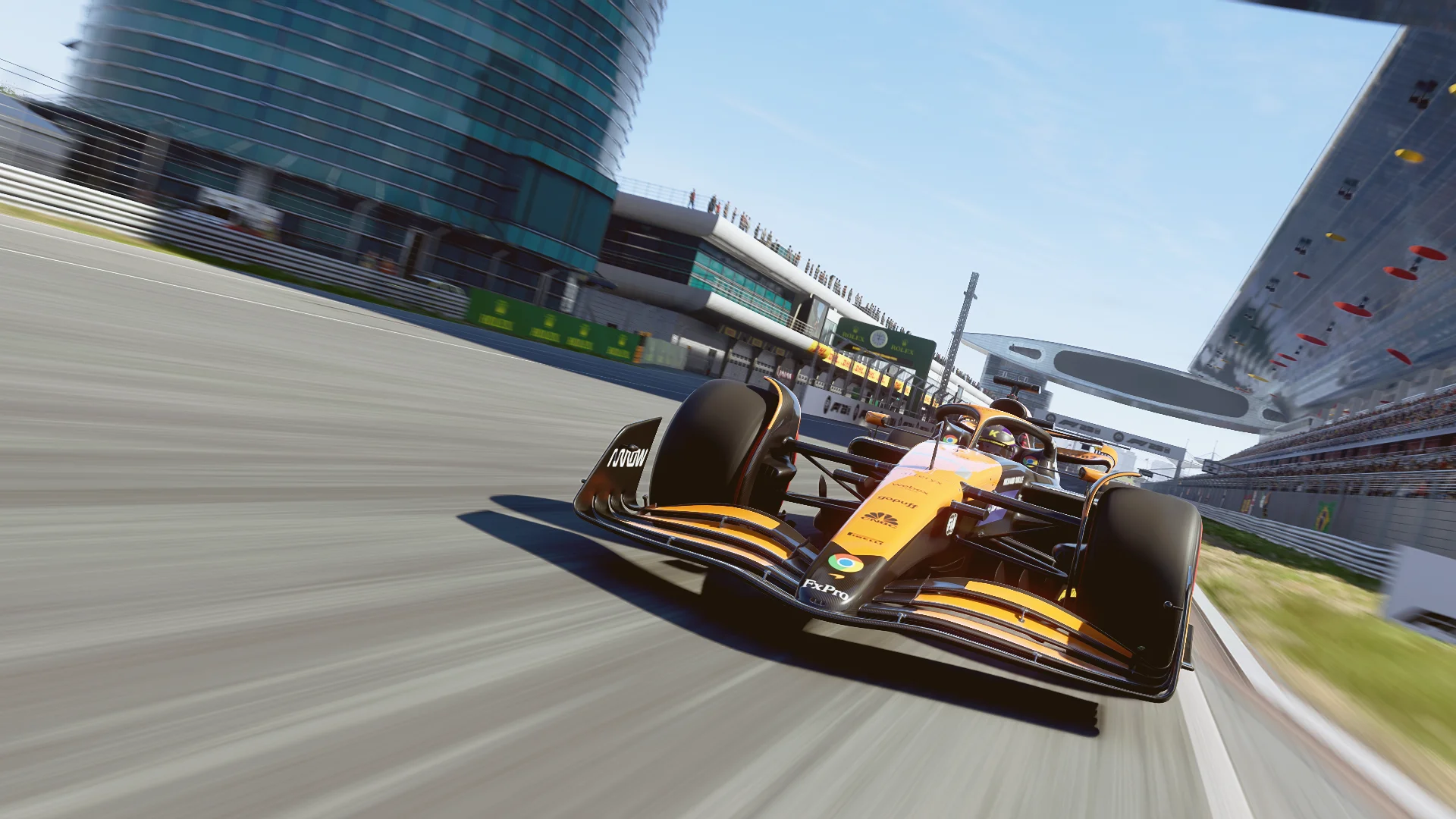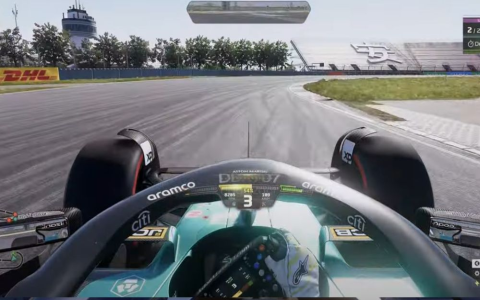The Shanghai International Circuit features a mix of long straights, particularly the one between T13 and T14, and technical, medium-speed corner sequences. A balanced setup is crucial for performance, emphasizing straight-line speed without overly compromising downforce for cornering stability.
Aerodynamics
Aim for a setup that provides stability in medium-speed corners while minimizing drag for the long straights.
- Front Wing Aero: 28
- Rear Wing Aero: 24
Transmission
Configure the differential to aid traction out of slower corners like Turn 6 and Turn 14, and ensure stability on corner entry.

- Differential Adjustment On-Throttle: 55%
- Differential Adjustment Off-Throttle: 50%
Suspension Geometry
This setup aims to balance turn-in response with tyre preservation, a key factor at this circuit.
- Front Camber: -2.70°
- Rear Camber: -1.20°
- Front Toe-Out: 0.05°
- Rear Toe-In: 0.20°
Suspension
A moderately compliant suspension helps with kerb-riding and maintaining stability over undulations, while ensuring responsiveness.
- Front Suspension: 30
- Rear Suspension: 10
- Front Anti-Roll Bar: 10
- Rear Anti-Roll Bar: 3
- Front Ride Height: 33
- Rear Ride Height: 38
Brakes
High brake pressure allows for maximum stopping power, with a bias setting to maintain stability during heavy braking zones like Turn 14.
- Brake Pressure: 100%
- Front Brake Bias: 56%
Tyres
Tyre pressures are critical for managing temperatures and grip levels throughout a stint. Lower rear pressures can aid traction.
- Front Right Tyre Pressure: 23.2 psi
- Front Left Tyre Pressure: 23.2 psi
- Rear Right Tyre Pressure: 20.8 psi
- Rear Left Tyre Pressure: 20.8 psi
Note: These settings provide a competitive baseline for the F1 24 China Grand Prix. Always test and fine-tune these values based on your individual driving style, prevailing track conditions, and specific car feedback. Adjustments, especially to tyre pressures and aerodynamic balance, may be necessary to optimize performance.



